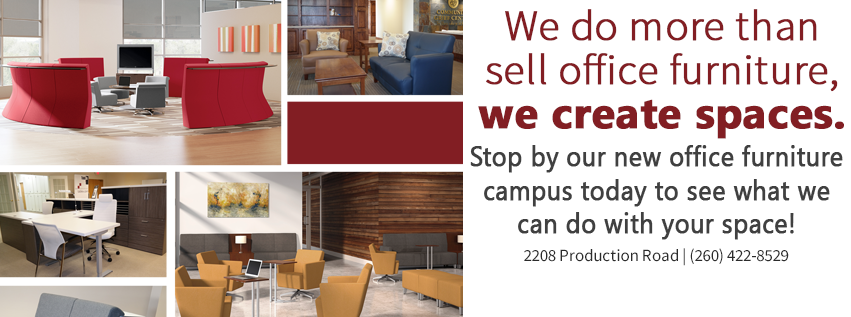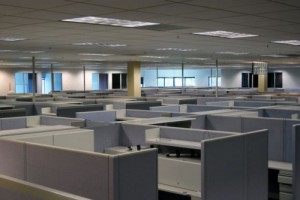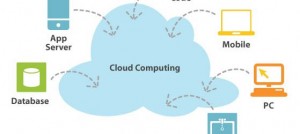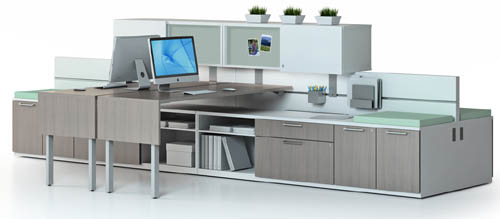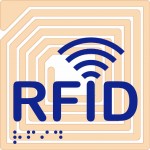Still, the advantages of an open office are many, with an increase in collaboration and idea sharing on the top of the list.
When Autodesk, a software company, moved into a an open-plan building in Massachusetts, three years ago, it installed what is known as a pink-noise system: a soft whooshing emitted over loudspeakers that sounds like a ventilation system but is specially formulated to match the frequencies of human voices.
Autodesk ran the system for three months without telling the employees — and then, to gauge its impact, turned it off one day.
“We were surprised at how many complaints we got,” said Charles Rechtsteiner, Autodesk’s facilities manager. “People weren’t sure what was different, but they knew something was wrong. When the system’s on, speech becomes unintelligible at a distance of about 20 feet.”
Others, like Anne-Laure Fayard a professor of management at the Polytechnic Institute of New York University are studying the issue. According to Fayard, “Everyone is still experimenting with ways to balance the need for collaboration and the need for privacy.”
Sound proofing materials, and designing for privacy are a considerations taken into account by the office planners at Workspace Solutions. Having a wide variety of office furniture options from the nations’ top providers, as Workspace does, helps as well. Meantime, it’s nice to know that research continues into the creation of the perfect office.
